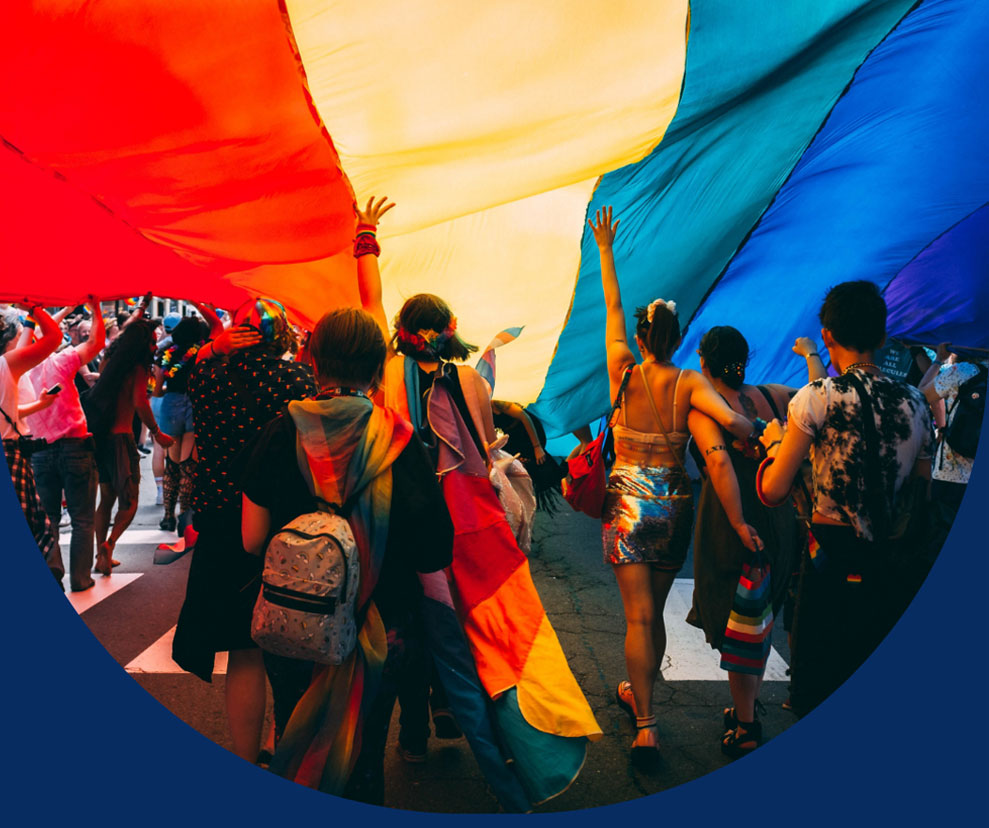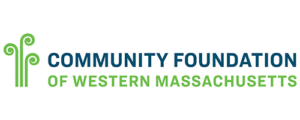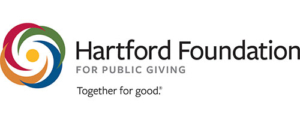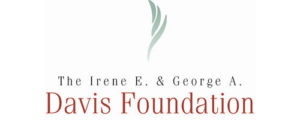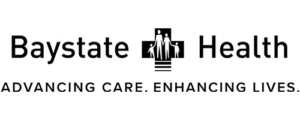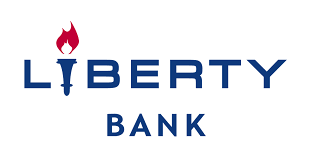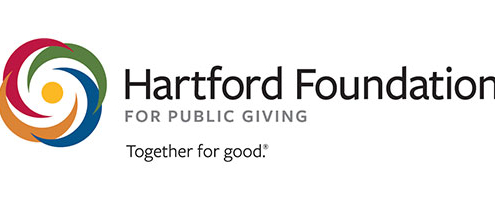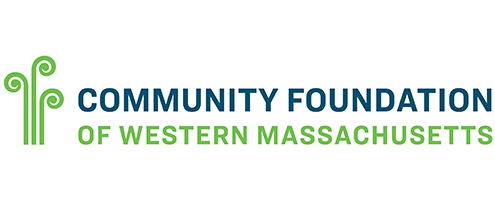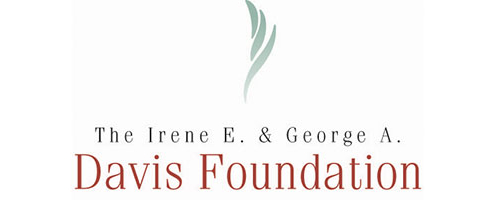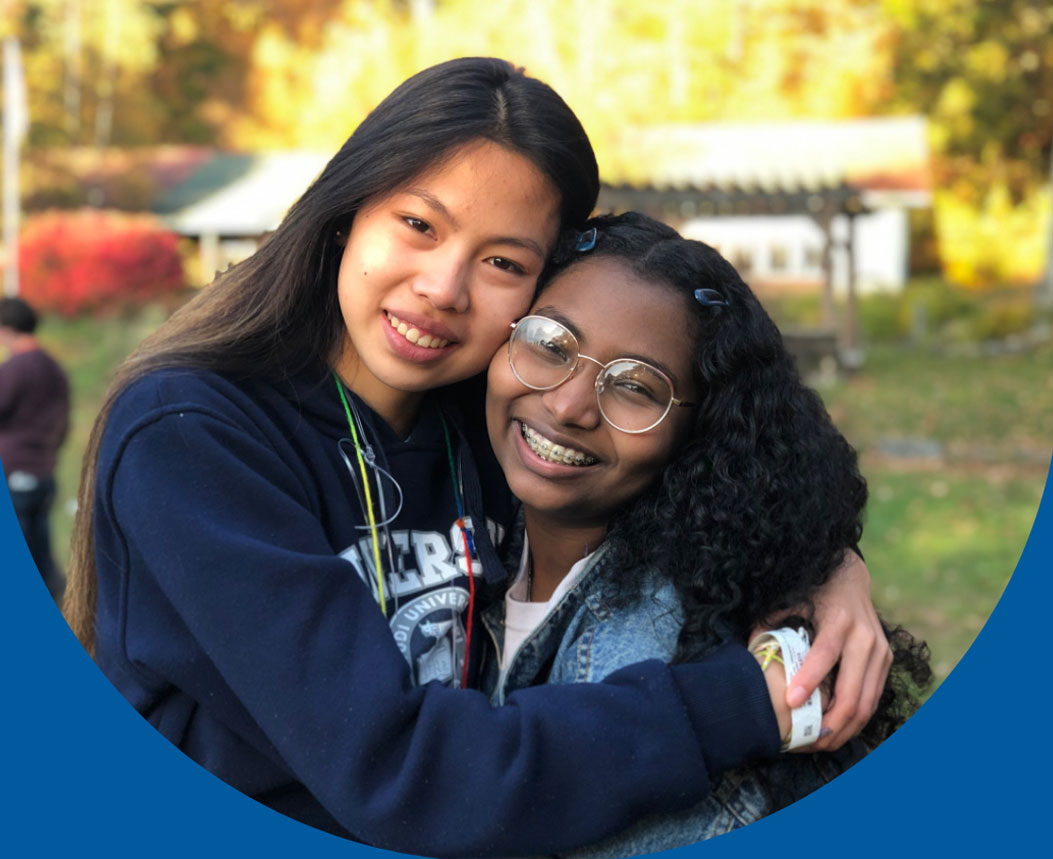AGEISM
This bulletin topic is Ageism, or the discrimination against and oppression of young and older people. Although the legal definition of adulthood varies by state, typically an adult is considered between the ages of 25 to 55. Adulthood achieves all the status markers including ability to obtain a driver’s license, vote, join the military, purchase and consume alcohol, sign contracts, and rent vehicles.
People younger than 25 often experience Adultism or bias based on perceptions about youth. Above the age of 55 people begin to experience the bias against older people, though the federal government protects people 40 and older from discrimination.
This bulletin can be used in clubs, classes, and companies, as well as shared with friends and family.
DEFINITIONS
Adultism: Behaviors and attitudes based on the assumption that adults are better than young people, and entitled to act upon young people without their permission. This treatment is reinforced by social institutions, laws, customs and attitudes.
Discrimination: The mistreatment of an individual or group based on their social membership, regardless of their social power. Anyone can experience discrimination.
Social Power: Access to resources that enhance one’s chances of getting what one needs to lead a comfortable, productive and safe life.
Privilege: Unearned access to resources (social power) that are only readily available to some people because of their social group membership; an advantage, or immunity granted to or enjoyed by one societal group above and beyond the common advantage of all other groups. Privilege is often invisible to those who have it.
Oppression: When an agent group, whether knowingly or unknowingly, abuses a target group. This pervasive system is rooted historically and maintained through individual and institutional/systematic discrimination, personal bias, bigotry, and social prejudice, resulting in a condition of privilege for the agent group at the expense of the target group; reinforced by law, policy and cultural norms that allow for differential treatment on the basis of identity. Only people groups that do not have social power can experience oppression.
(Discrimination + Social Power = Oppression)
Internalization: Internalization is a process through which we come to identify parts of our culture as parts of ourselves, especially in relation to norms and values. This is a crucial process in maintaining social systems because it leads people to regulate their own behavior in accordance with accepted forms rather than having to be monitored and corrected by external authorities.
 < Back to Resources Page
< Back to Resources Page